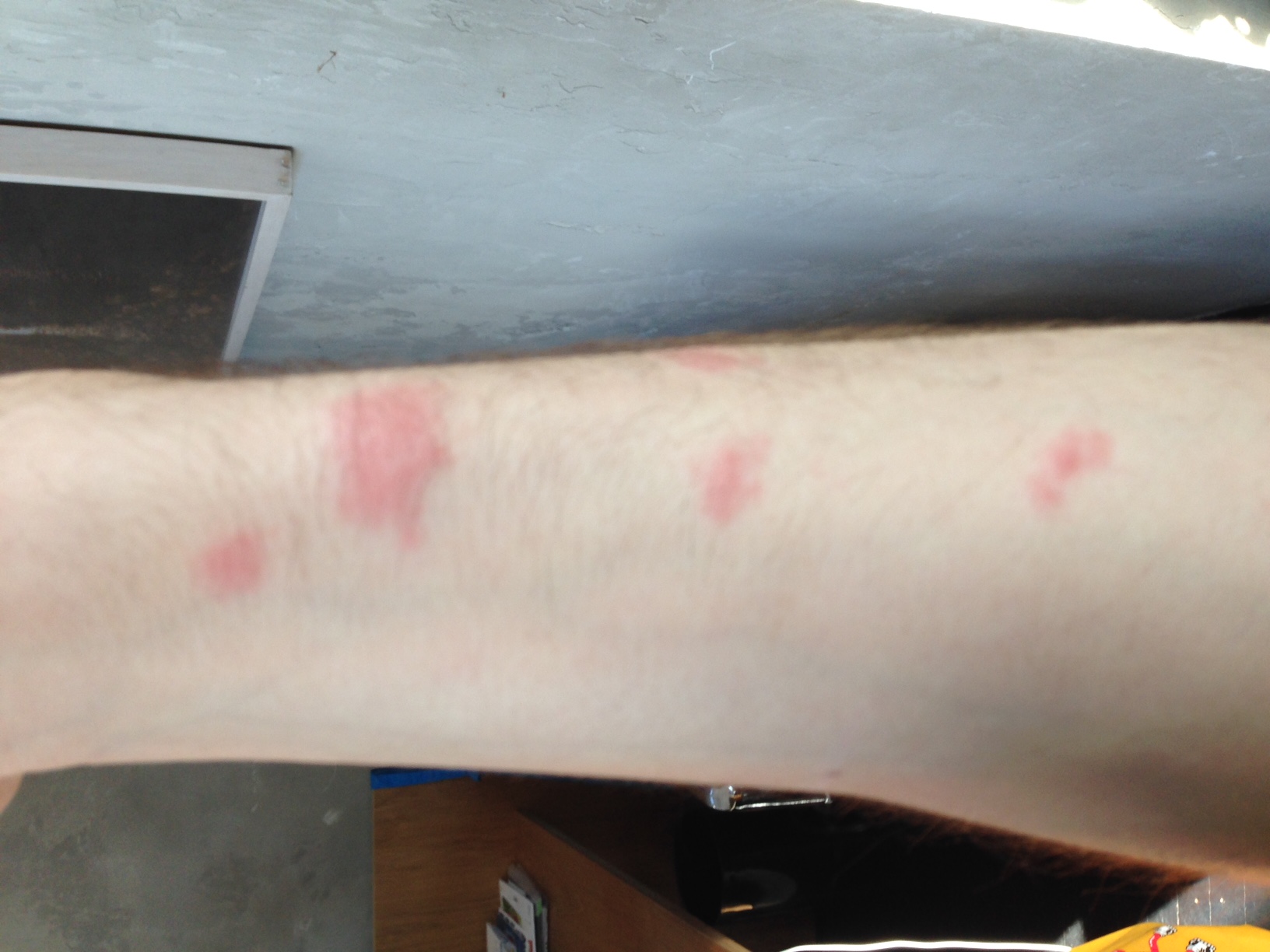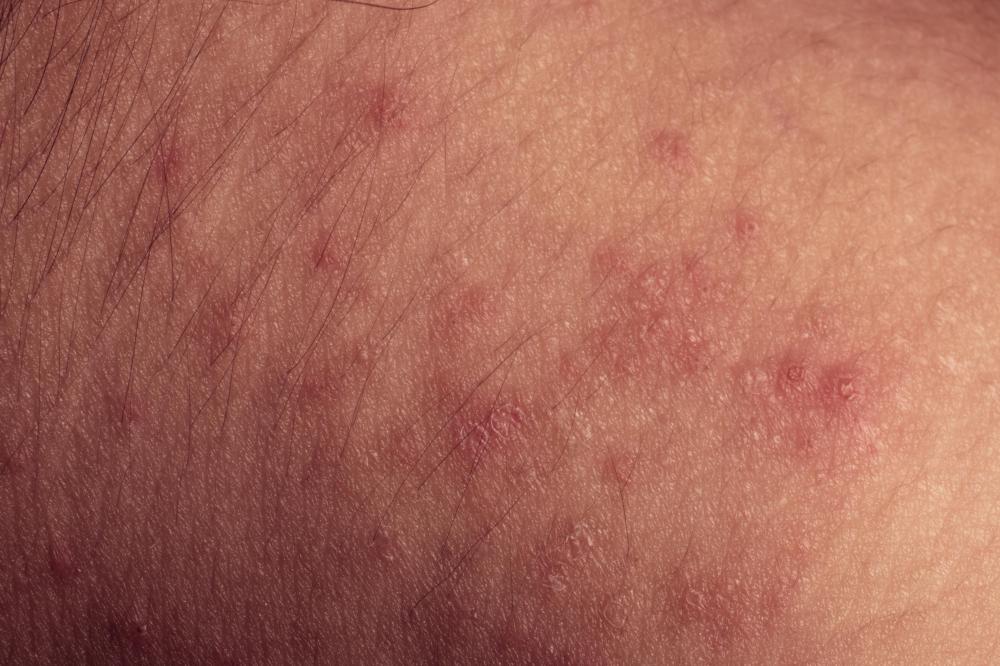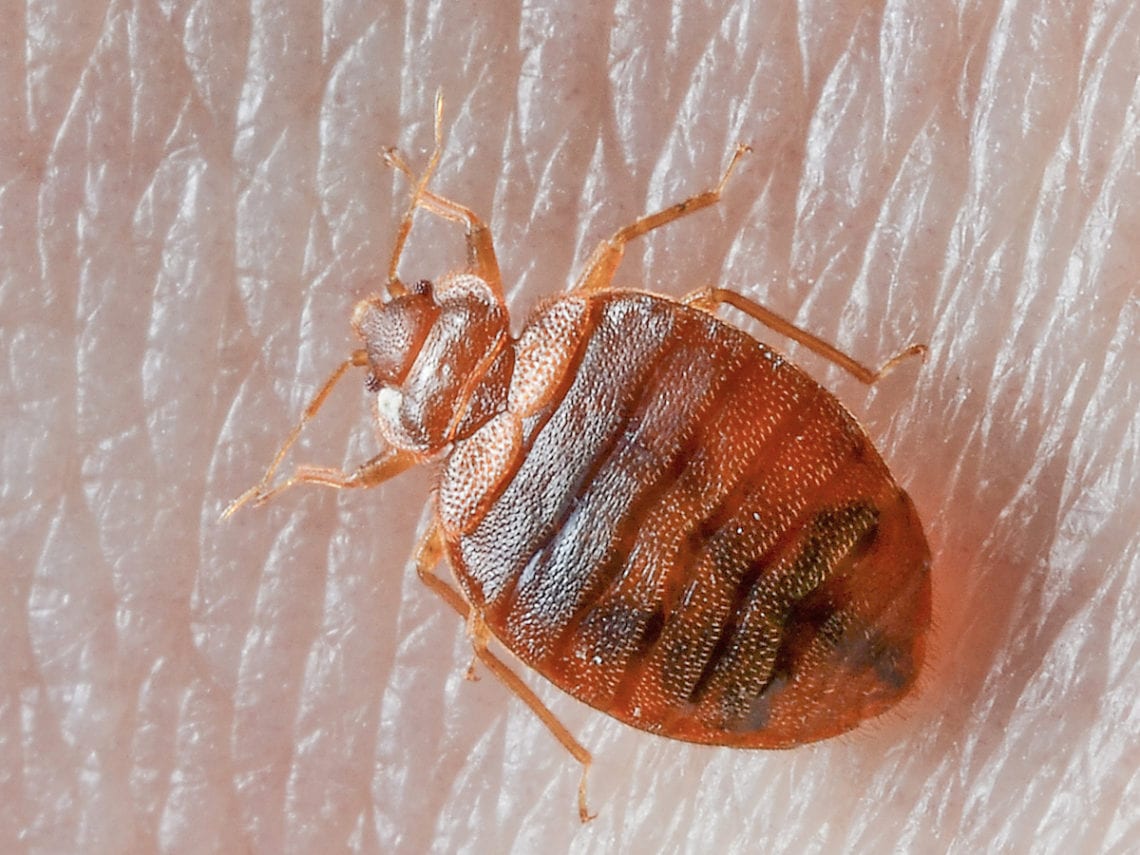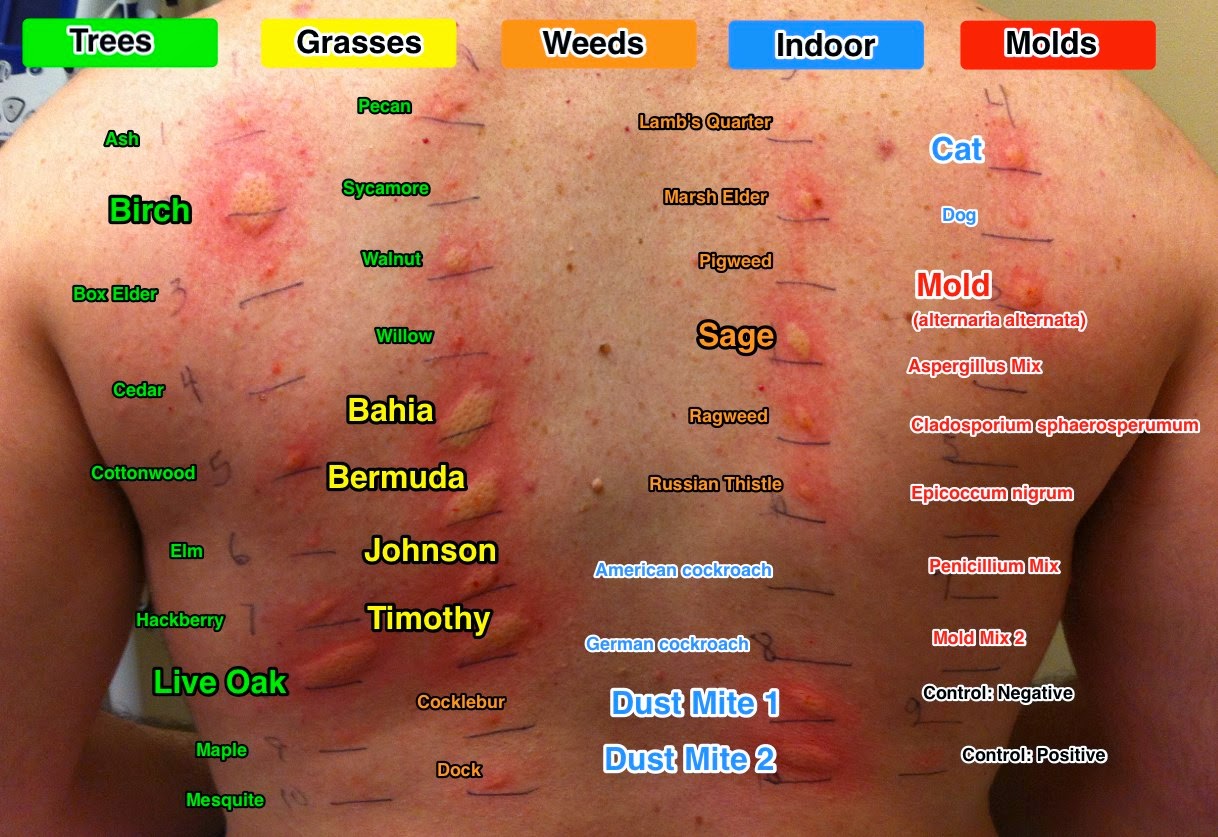1. Bed bugs can live outside of mattresses
If you thought bed bugs only lived in mattresses, think again. These pesky pests are not limited to just your bed and can be found in a variety of places in your home and even in public spaces. While mattresses are a common hiding spot for bed bugs, they are not the only place you need to worry about.
Bed bugs are small, oval-shaped insects that feed on human blood. They are attracted to warmth and carbon dioxide, which is why they are often found in places where people sleep, such as mattresses. However, bed bugs can also hide in other areas of your home, making them difficult to get rid of.
2. Bed bugs can survive without a host for several months
Unlike other pests that rely on a constant food source, bed bugs can survive for several months without feeding. This means that even if you leave your home for an extended period of time, bed bugs can still be present when you return. They can survive on very little food and can also go into a dormant state when there is no host available.
These resilient creatures can also withstand extreme temperatures, making it difficult to kill them off with heat or cold treatments. This is why it is important to take immediate action if you suspect a bed bug infestation in your home.
3. Bed bugs can hide in cracks and crevices in walls and furniture
Bed bugs are excellent at hiding and can fit into the tiniest of spaces. They can be found in cracks and crevices in walls, furniture, and even electrical outlets. This makes it challenging to completely eliminate them from your home, as they can easily move to a new hiding spot if one is disturbed.
Bed bugs can also lay eggs in these hidden areas, which can hatch and continue the infestation even after you have treated your home. It is important to thoroughly inspect and treat all potential hiding spots to effectively get rid of bed bugs.
4. Bed bugs can be found in clothing, luggage, and other personal belongings
One of the most common ways people bring bed bugs into their homes is through infested items. Bed bugs can easily hitchhike on clothing, luggage, and other personal belongings, making it easy for them to travel from place to place.
If you have recently stayed in a hotel or used public transportation, it is important to check your belongings for any signs of bed bugs before bringing them into your home. This can help prevent an infestation from occurring in the first place.
5. Bed bugs can travel between rooms and apartments
Bed bugs are not limited to just one room or apartment. They can easily travel between rooms and even entire buildings, spreading the infestation to new areas. This is why it is important to not only treat the affected room, but also neighboring rooms and apartments to fully eradicate bed bugs.
If you live in a multi-unit building, it is important to communicate with your neighbors and inform them of the infestation. This can help prevent bed bugs from spreading and affecting more units.
6. Bed bugs can survive in a wide range of temperatures
As mentioned earlier, bed bugs can withstand extreme temperatures, making it challenging to get rid of them. They can survive in temperatures ranging from almost freezing to over 120 degrees Fahrenheit. This means that simply leaving infested items outside in the cold or heat will not be enough to kill off bed bugs.
Professional heat treatments and cold treatments are often necessary to effectively eliminate bed bugs from your home. These treatments use specialized equipment to reach and maintain the necessary temperature to kill bed bugs and their eggs.
7. Bed bugs can be found in public places such as movie theaters and hotels
While bed bugs are most commonly found in homes, they can also be found in public places such as movie theaters, hotels, and public transportation. These places often see a high turnover of people, making it easier for bed bugs to hitchhike and spread.
When visiting these places, it is important to be cautious and check for any signs of bed bugs. Avoid placing personal belongings on shared surfaces and always inspect your hotel room before settling in.
8. Bed bugs can be transported through secondhand furniture
Purchasing secondhand furniture can be a great way to save money, but it can also come with the risk of bringing home bed bugs. These pests can easily hide in furniture, especially in cracks and crevices, and can go unnoticed until they start to infest your home.
Before bringing any secondhand furniture into your home, thoroughly inspect it for any signs of bed bugs. If possible, avoid purchasing used mattresses and upholstered furniture, as these are common hiding spots for bed bugs.
9. Bed bugs can lay eggs in hidden areas, making them difficult to eradicate
Bed bugs can lay hundreds of eggs in their lifetime, which can make an infestation even more challenging to eliminate. These eggs are often laid in hidden areas, such as cracks and crevices, making them difficult to detect and treat.
This is why it is important to not only treat the visible bed bugs, but also use preventative measures to prevent any eggs from hatching and continuing the infestation. Regularly vacuuming and steam cleaning can also help remove any eggs that may have been laid in your home.
10. Bed bugs can cause allergic reactions and skin irritation
Aside from being a nuisance, bed bugs can also cause allergic reactions and skin irritation in some individuals. These reactions can range from mild to severe and can worsen with repeated exposure to bed bug bites.
If you experience any allergic reactions or skin irritation from bed bug bites, it is important to seek medical attention and treat the infestation in your home to prevent any further bites.
In conclusion, bed bugs can live outside of mattresses and can be found in a variety of places in your home and in public spaces. They are resilient creatures that can survive for months without a host and can be difficult to eradicate. It is important to take preventative measures and seek professional treatment if you suspect a bed bug infestation in your home.
Can Bed Bugs Survive Outside of Mattresses?
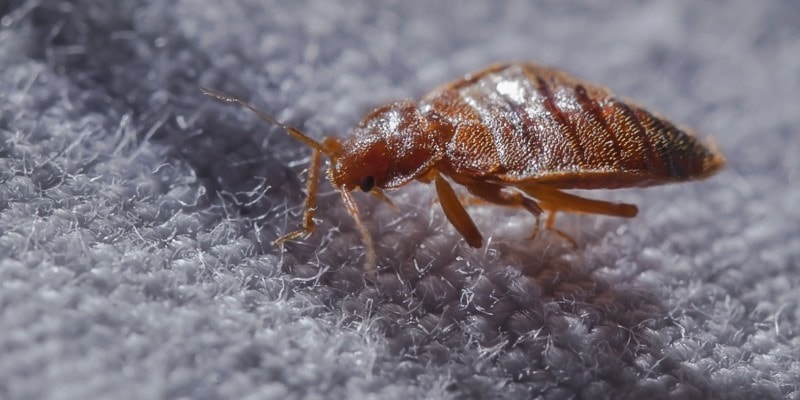
Yes, bed bugs can survive outside of mattresses and can be found in various places throughout a home.
 Bed bugs are pesky little insects that have been plaguing homes for centuries. These tiny creatures feed on the blood of humans and animals, causing itchy red welts and a general sense of discomfort. While they are often associated with mattresses and bedding, bed bugs can actually be found in many other areas of a home.
The main keyword
"can bed bugs live outside of mattresses" is a common question asked by homeowners who are dealing with a bed bug infestation. The answer is yes, bed bugs can survive outside of mattresses and can be found in a variety of places.
Bed bugs are pesky little insects that have been plaguing homes for centuries. These tiny creatures feed on the blood of humans and animals, causing itchy red welts and a general sense of discomfort. While they are often associated with mattresses and bedding, bed bugs can actually be found in many other areas of a home.
The main keyword
"can bed bugs live outside of mattresses" is a common question asked by homeowners who are dealing with a bed bug infestation. The answer is yes, bed bugs can survive outside of mattresses and can be found in a variety of places.
Where Can Bed Bugs Be Found?
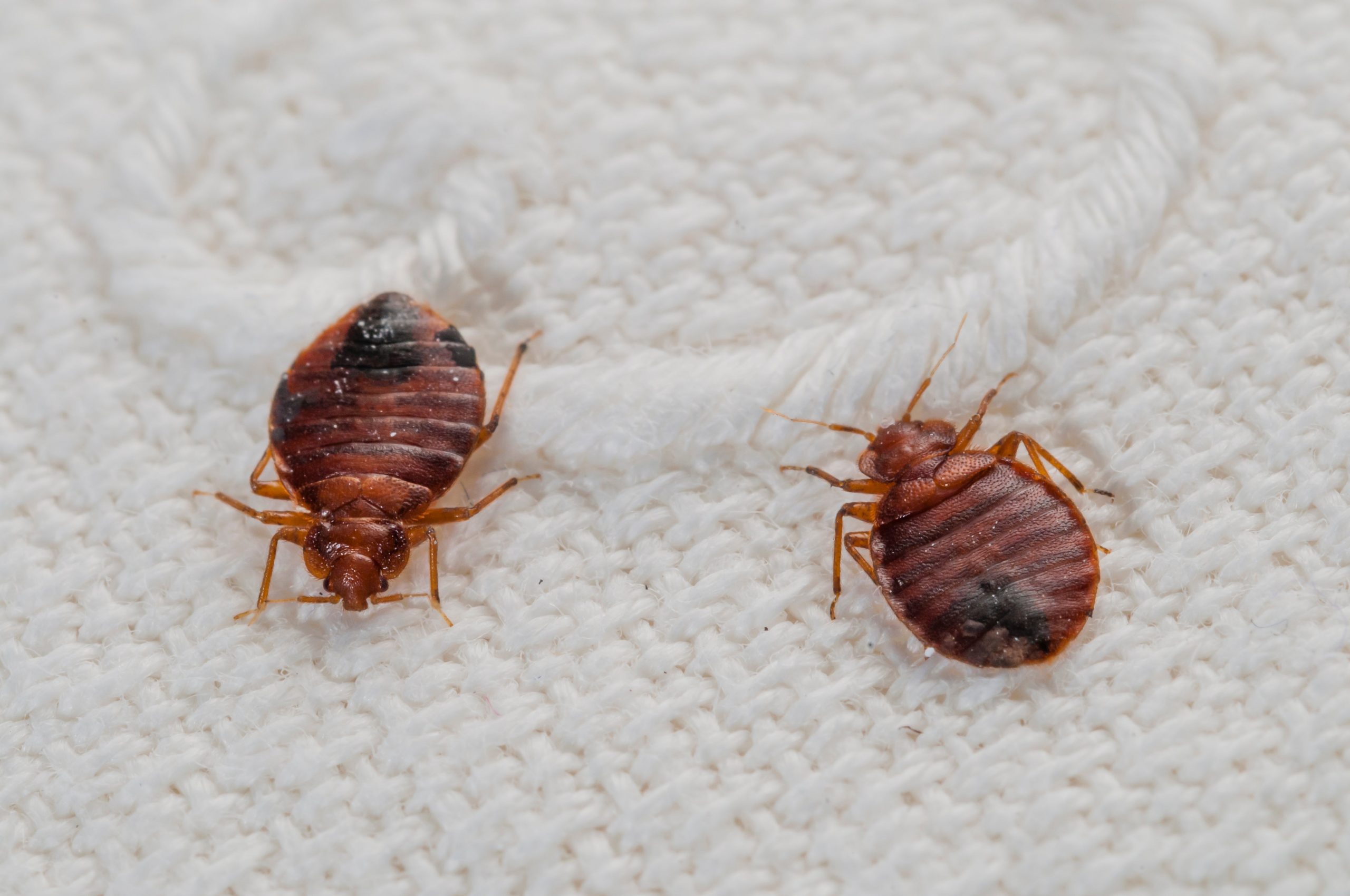 Aside from mattresses, bed bugs can also be found in furniture, clothing, curtains, and even behind wallpaper. They are skilled at hiding in small cracks and crevices, making it difficult to completely get rid of them. These pests are also known to travel on luggage, clothing, and other items, making it easy for them to spread from one location to another.
Related main keywords
"bed bugs in furniture" and "bed bugs in clothing" are important to mention as these are common areas where bed bugs can be found outside of mattresses. It is crucial for homeowners to thoroughly inspect and treat these areas when dealing with a bed bug infestation.
Aside from mattresses, bed bugs can also be found in furniture, clothing, curtains, and even behind wallpaper. They are skilled at hiding in small cracks and crevices, making it difficult to completely get rid of them. These pests are also known to travel on luggage, clothing, and other items, making it easy for them to spread from one location to another.
Related main keywords
"bed bugs in furniture" and "bed bugs in clothing" are important to mention as these are common areas where bed bugs can be found outside of mattresses. It is crucial for homeowners to thoroughly inspect and treat these areas when dealing with a bed bug infestation.
How to Prevent Bed Bugs from Spreading
 Preventing bed bugs from spreading throughout your home involves taking certain precautions. When traveling, always inspect your luggage and clothing before bringing them into your home. Wash and dry all clothing on high heat to kill any potential bed bugs. When purchasing used furniture, thoroughly inspect it for any signs of bed bugs before bringing it into your home.
Featured keyword
"bed bugs prevention" is important to mention as it is crucial in avoiding a bed bug infestation from spreading. Taking preventive measures can save homeowners from dealing with a full-blown bed bug problem.
In conclusion, bed bugs can indeed survive outside of mattresses and can be found in various places throughout a home. It is important for homeowners to be vigilant and take preventive measures to avoid a bed bug infestation. If you suspect a bed bug problem in your home, it is best to seek professional help for proper treatment and eradication.
Preventing bed bugs from spreading throughout your home involves taking certain precautions. When traveling, always inspect your luggage and clothing before bringing them into your home. Wash and dry all clothing on high heat to kill any potential bed bugs. When purchasing used furniture, thoroughly inspect it for any signs of bed bugs before bringing it into your home.
Featured keyword
"bed bugs prevention" is important to mention as it is crucial in avoiding a bed bug infestation from spreading. Taking preventive measures can save homeowners from dealing with a full-blown bed bug problem.
In conclusion, bed bugs can indeed survive outside of mattresses and can be found in various places throughout a home. It is important for homeowners to be vigilant and take preventive measures to avoid a bed bug infestation. If you suspect a bed bug problem in your home, it is best to seek professional help for proper treatment and eradication.




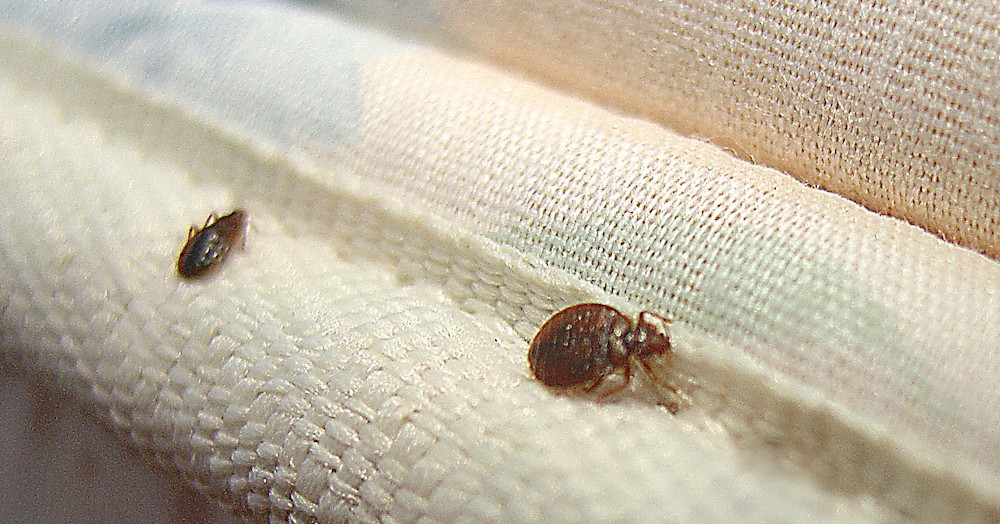


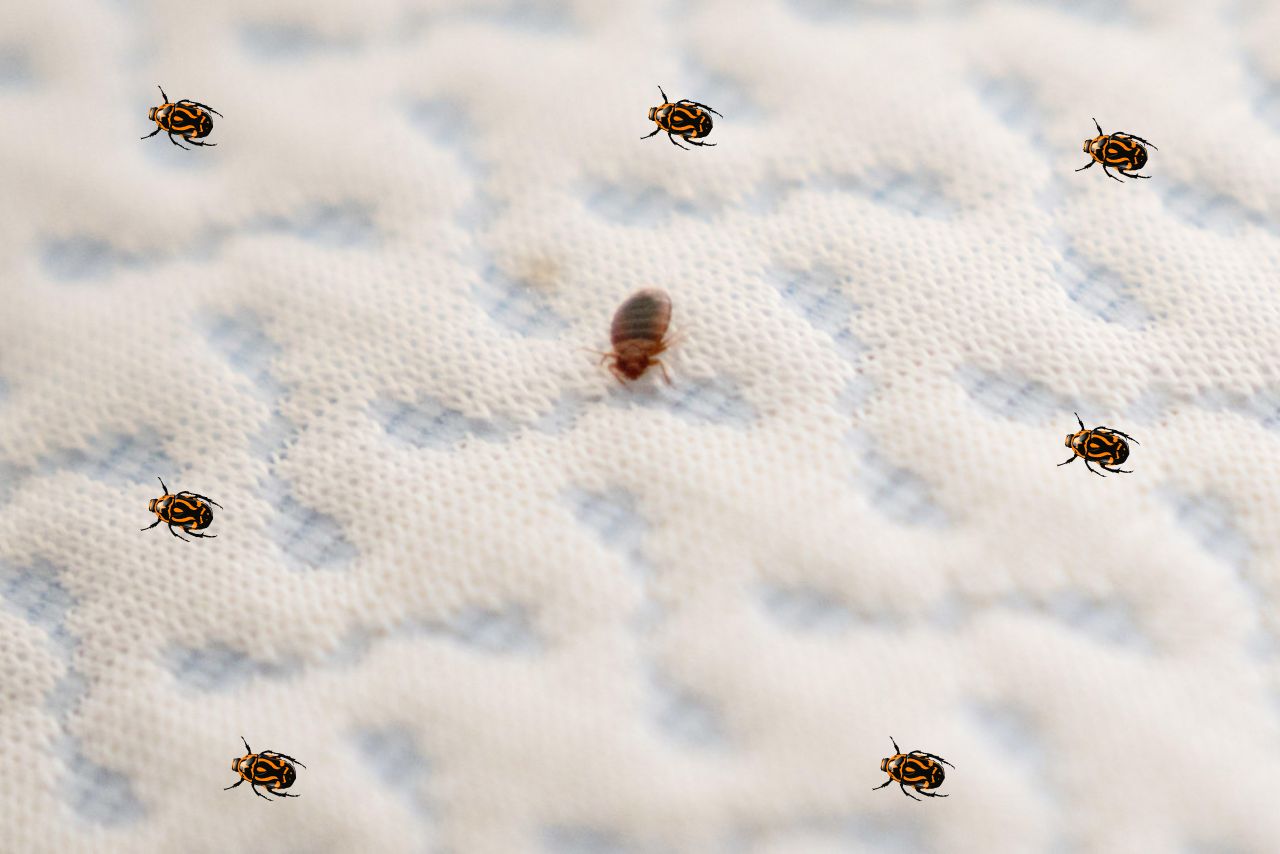

.png)



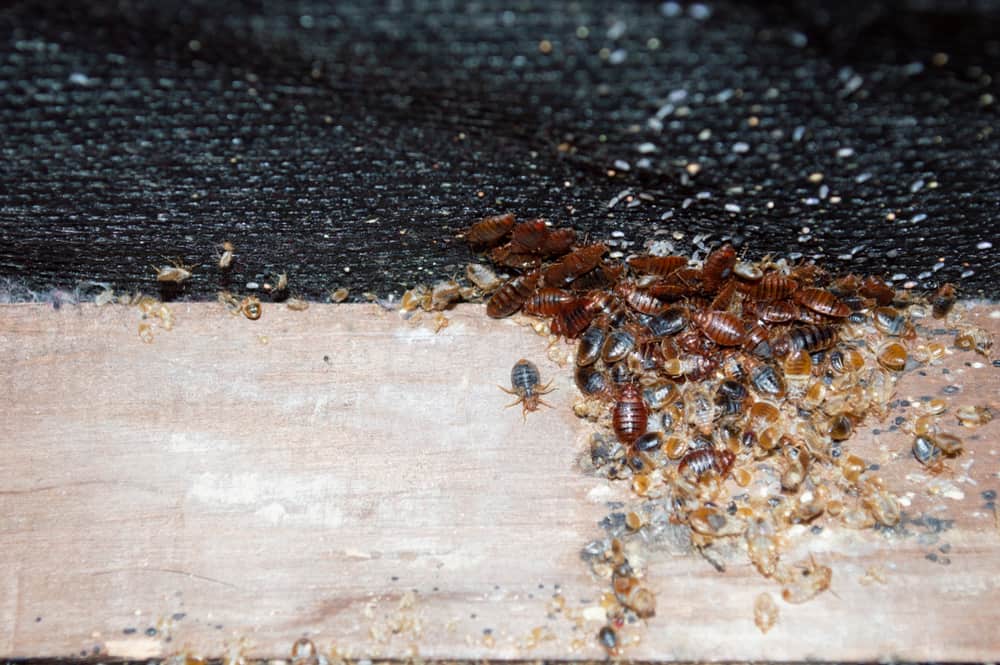



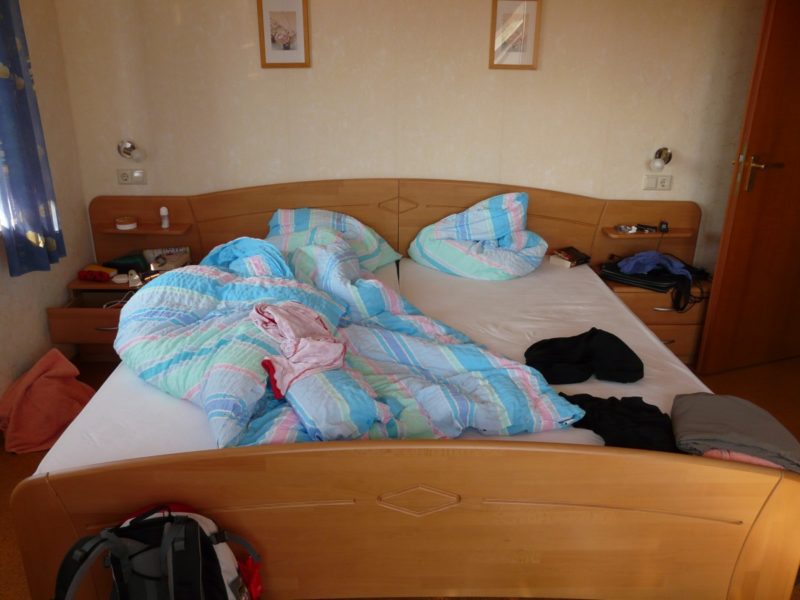
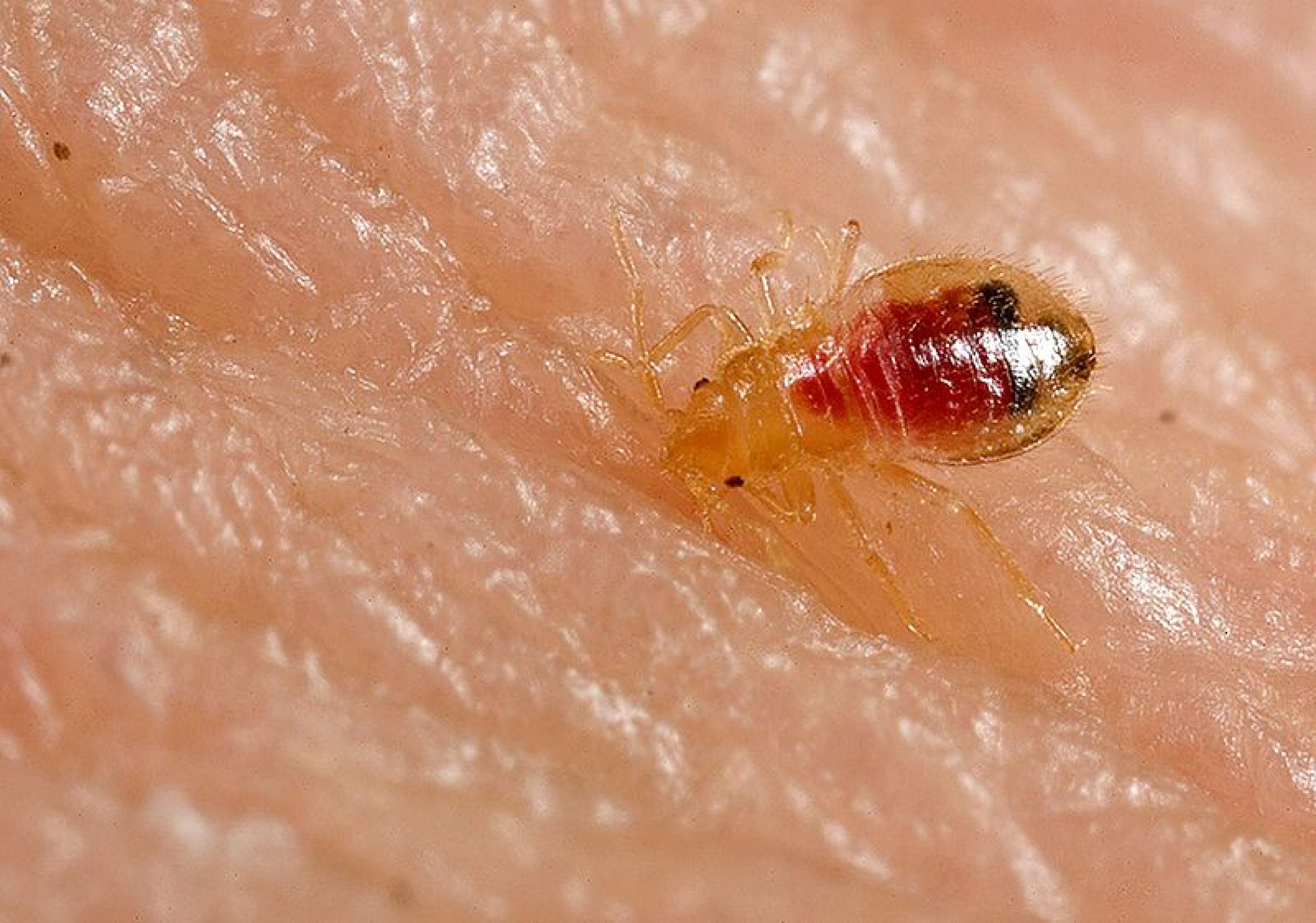

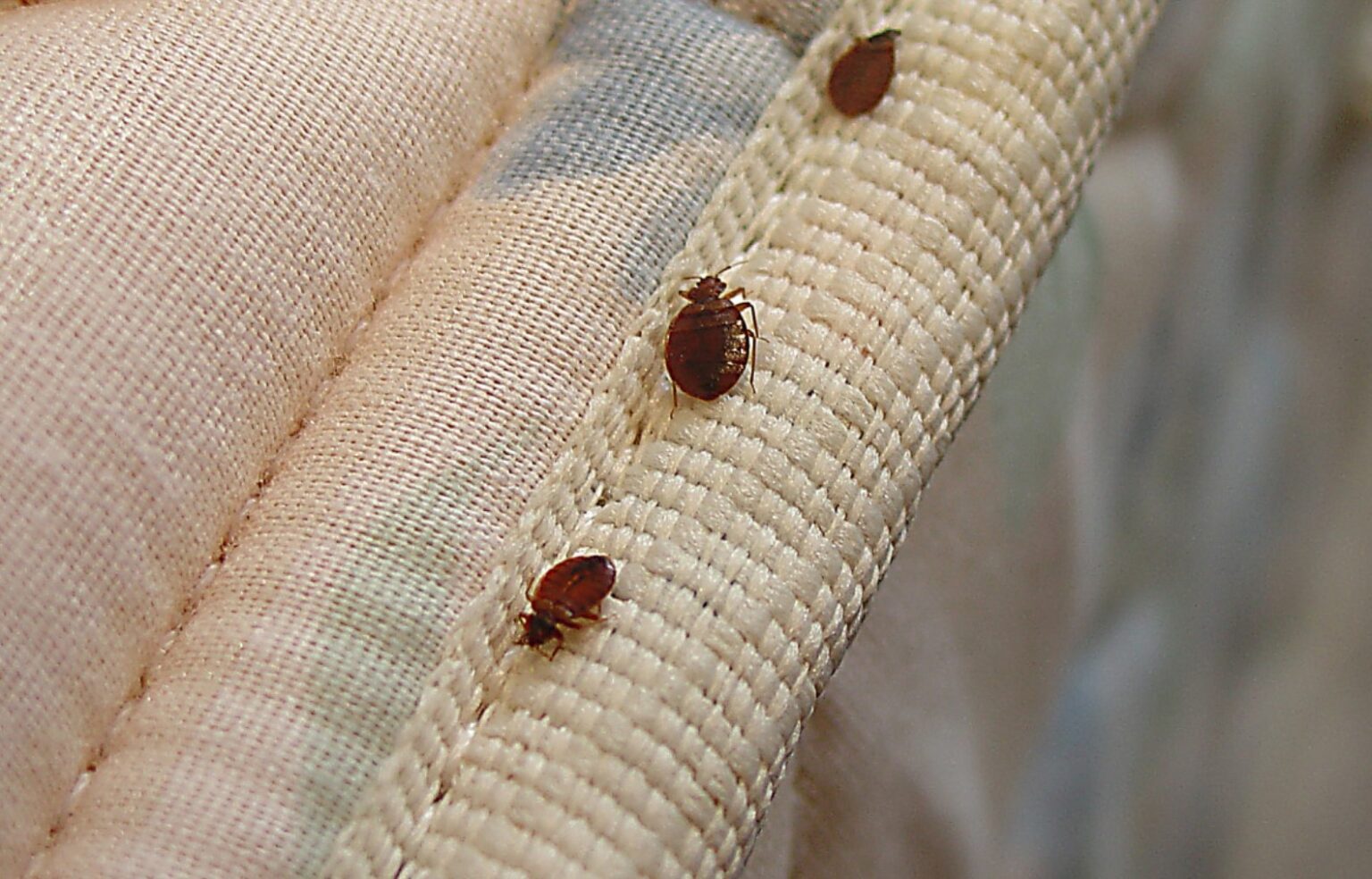

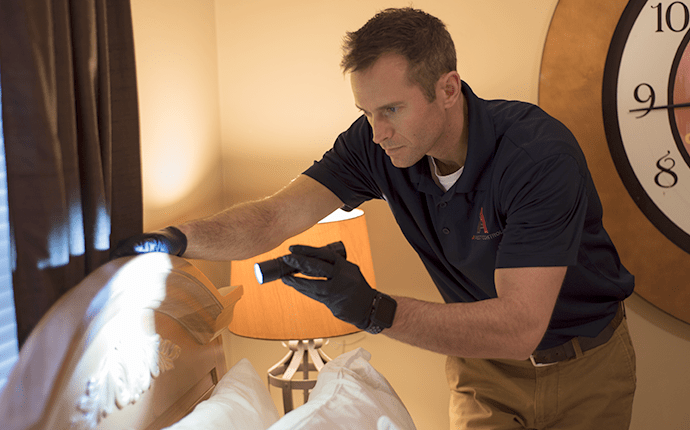

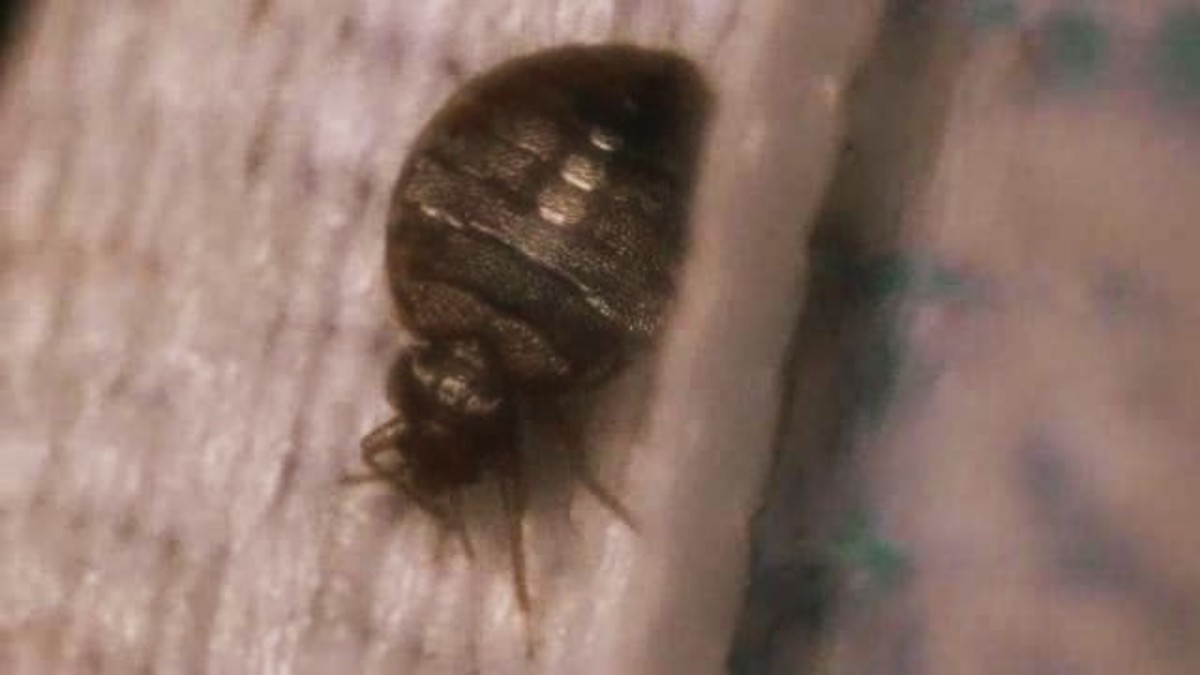






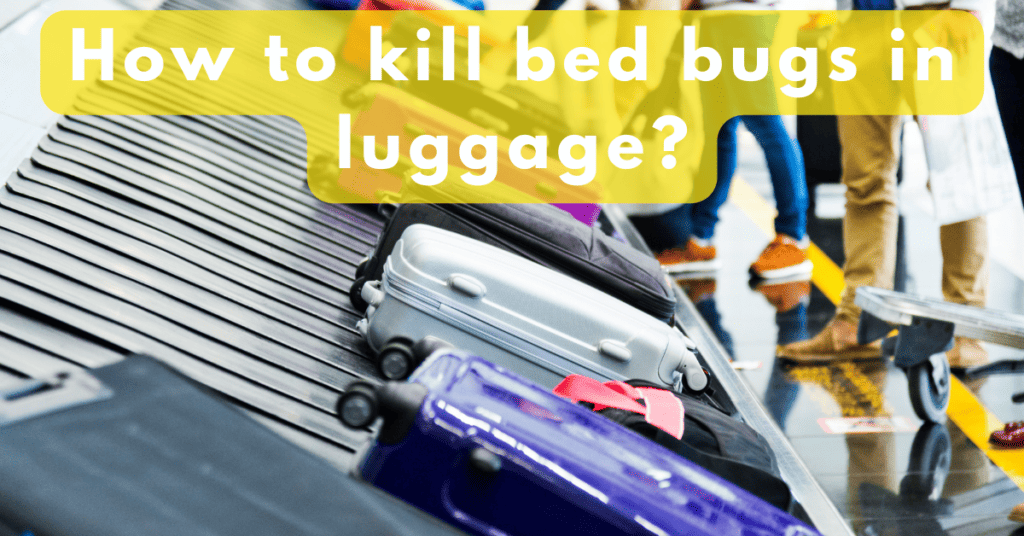
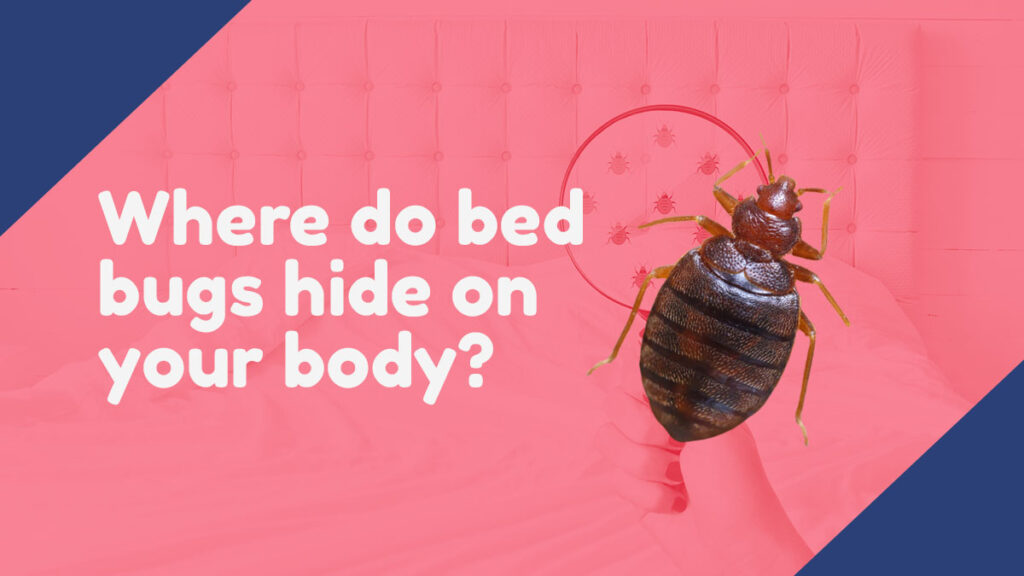





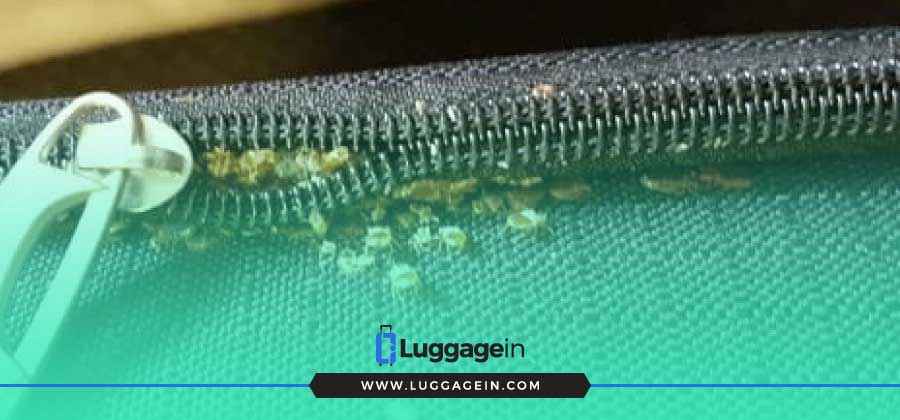



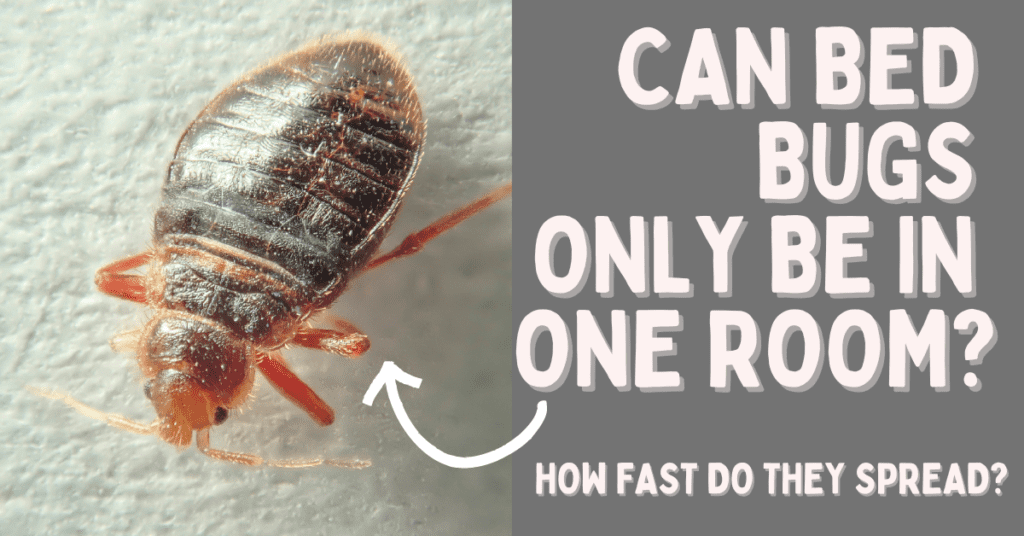


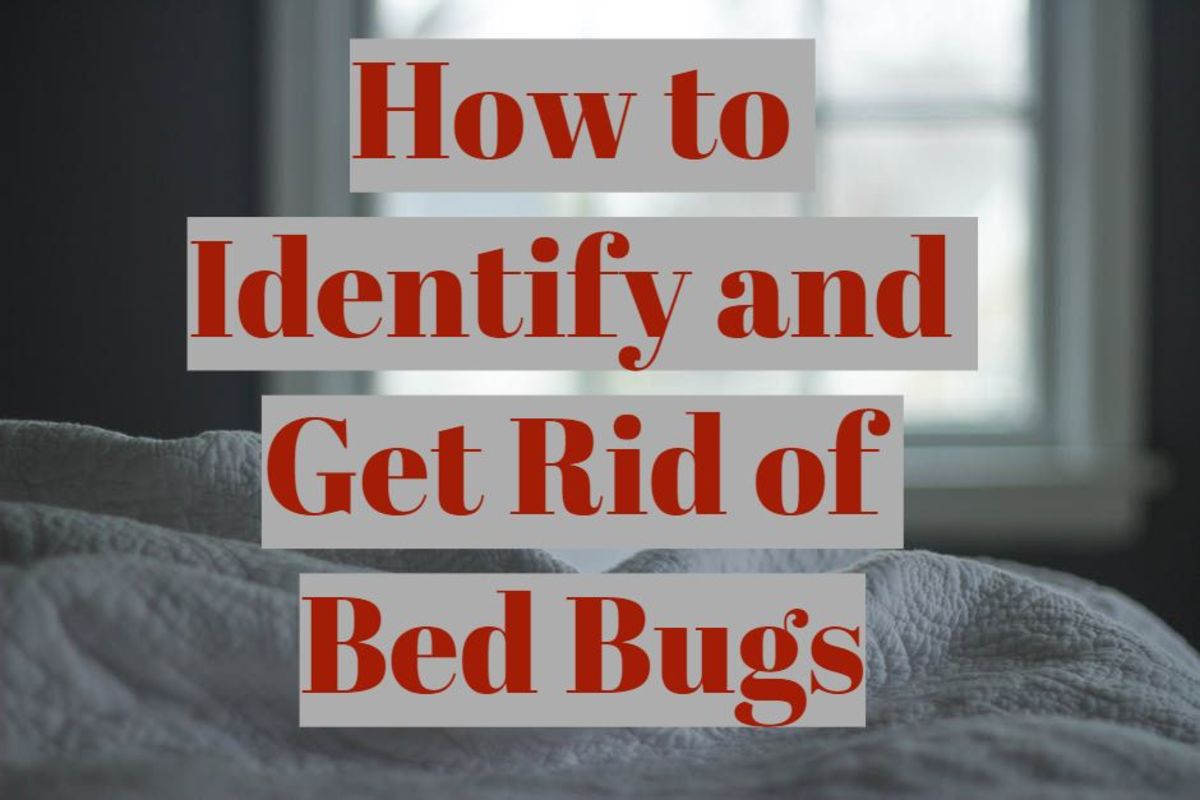





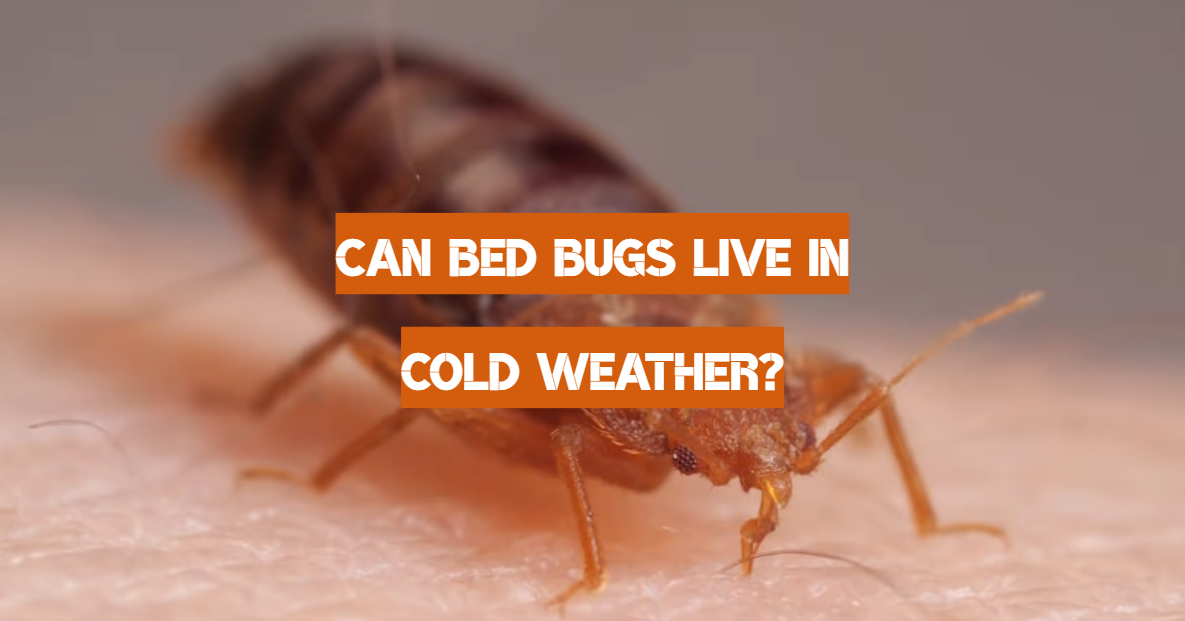

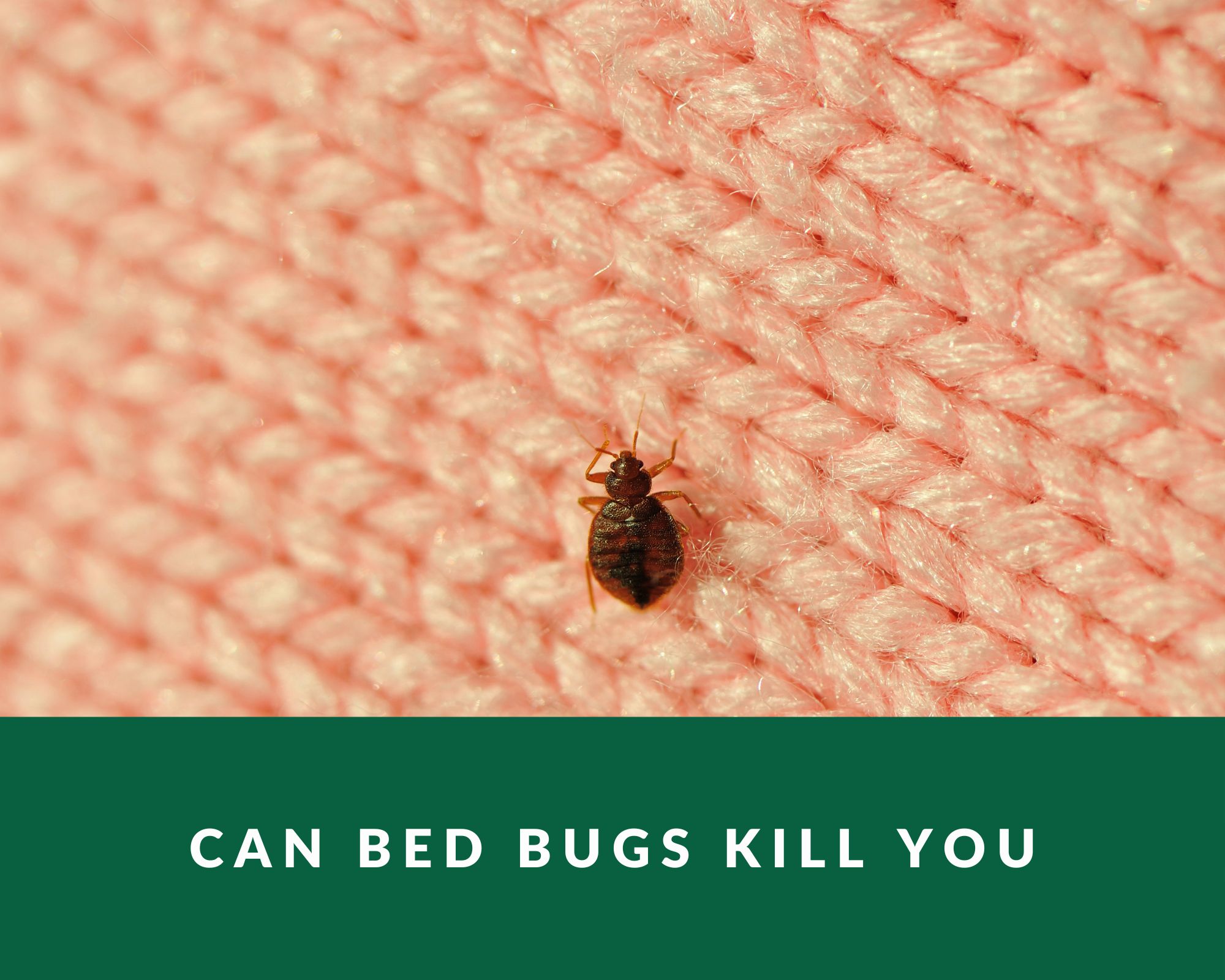

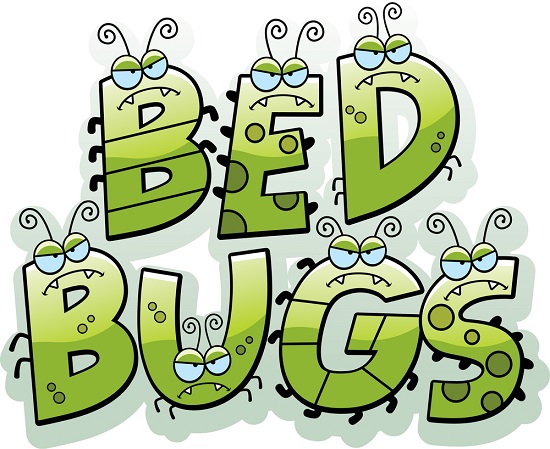





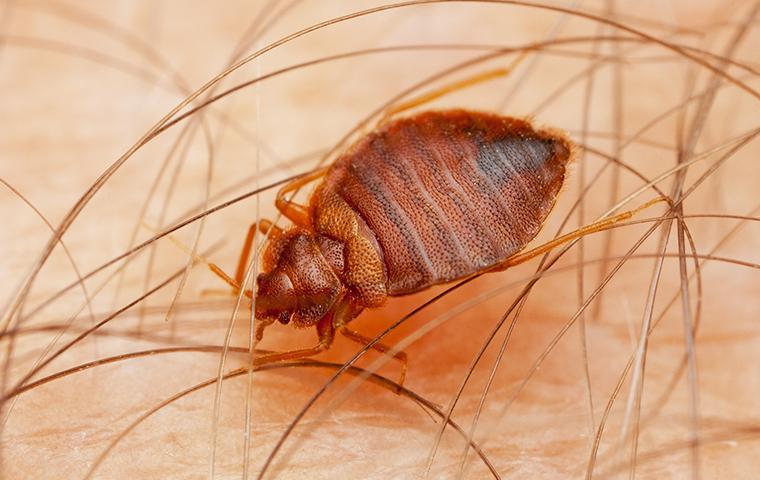

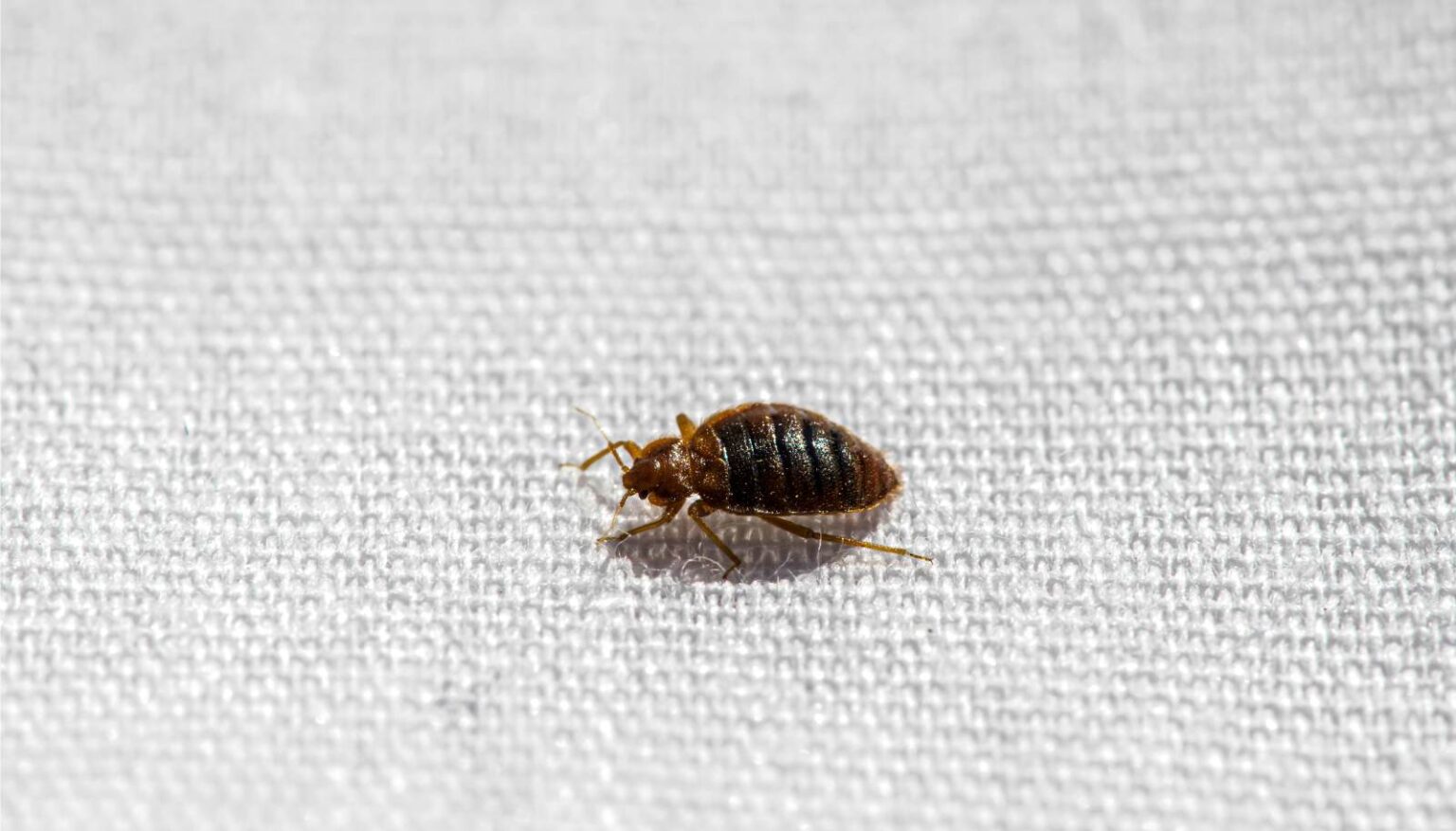
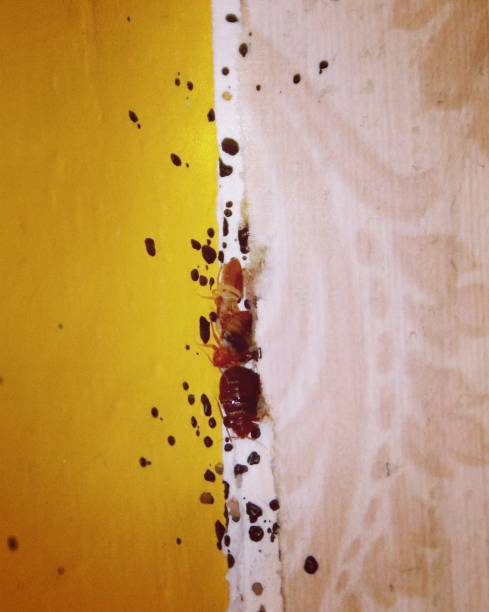
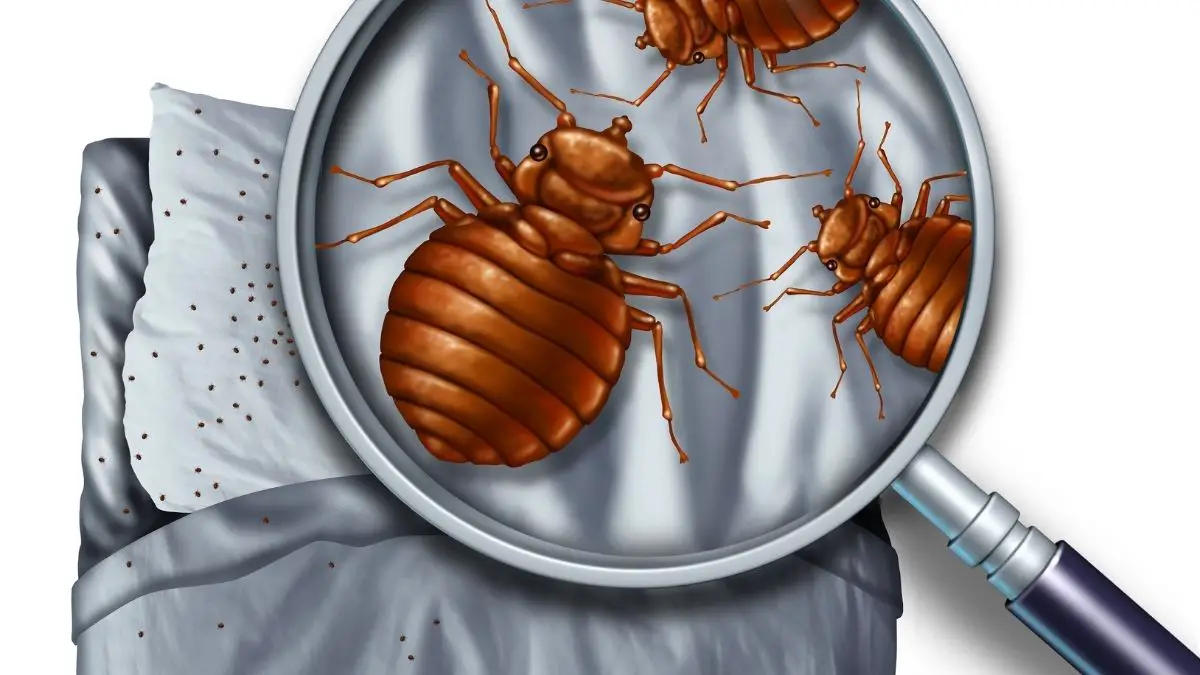




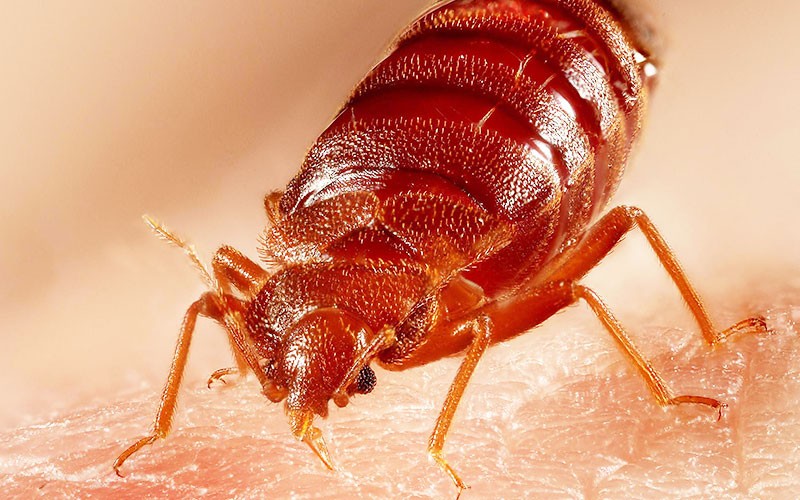


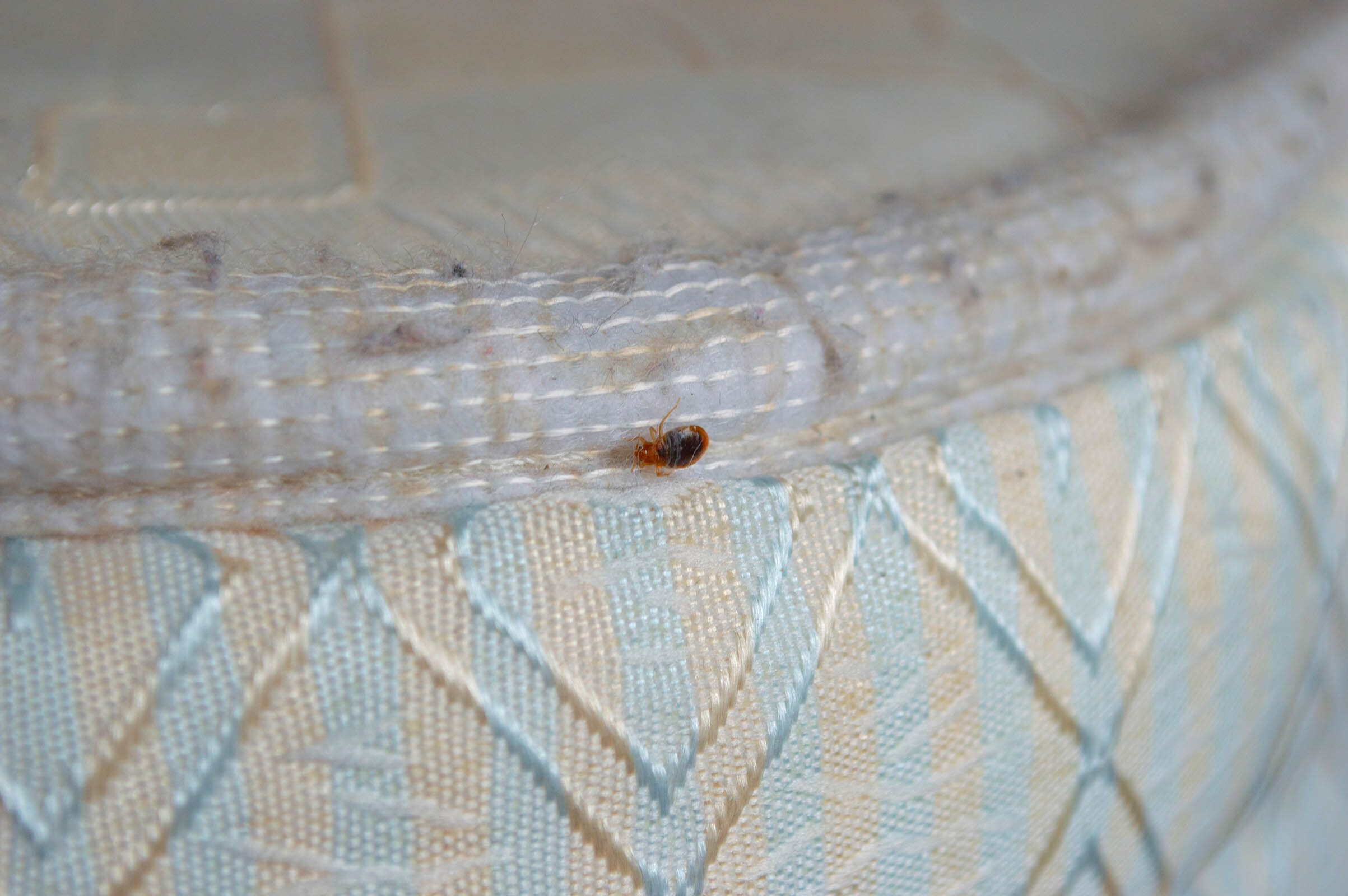



:max_bytes(150000):strip_icc()/eczema-728768147-5999e54cd088c0001121172e-85afca1fc7d64b5b940e7a44fd31adea.jpg)

